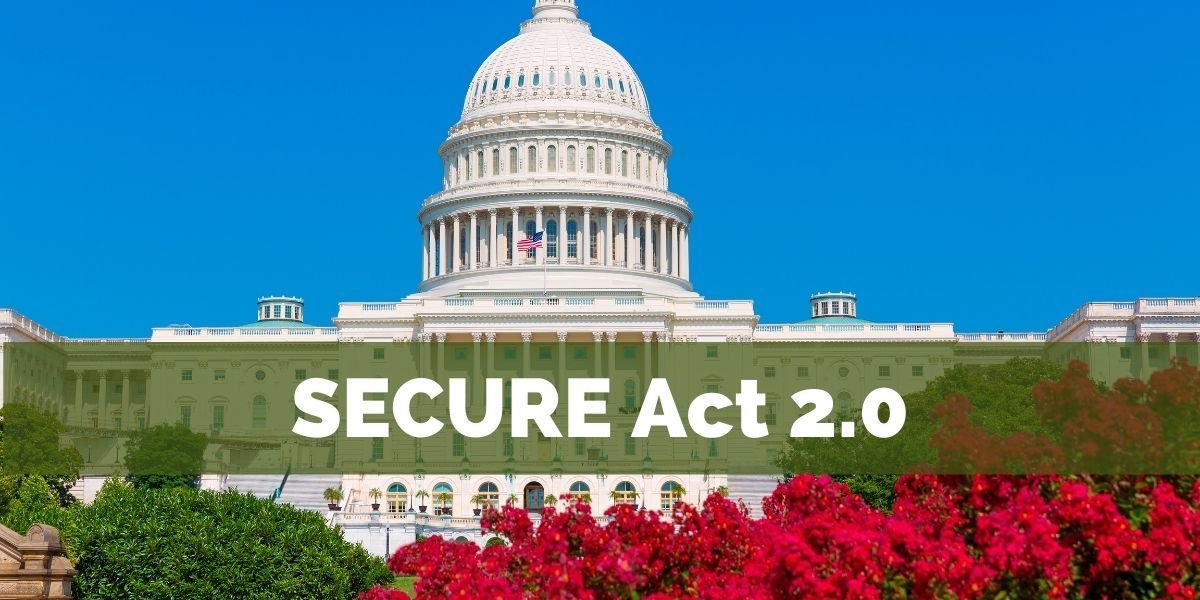Episode 151: 3 Ways to Reduce RMDs
Today’s Prep:
Are required minimum distributions looming over you and your near future? David talks through three strategies to help you reduce your RMDs.
Equipping Points:
What can you do about your RMDs? To start, you should know what they are. If you are over 72, you’re probably well acquainted with RMDs or required minimum distributions. For those of us who aren’t over 72, an RMD is the amount you must withdraw from your IRA once you reach 72 years old. If you don’t take out that money and pay the taxes, you can face major penalty fees.
While you can’t avoid these RMDs, you can reduce them. David breaks down three strategies that can allow you to reduce your RMDs. For those who are givers, the first strategy is to have your IRA custodian write the check directly to the nonprofit. It satisfies the distribution but does not require you to pay taxes on that distribution. This is called a qualified charitable distribution.
If you are still working at age 72 and have a 401(k) plan through the company, you do not have to take an RMD while employed at that company. There are a few exceptions to this rule. David also explains what you can do with outside IRAs if you’re still working.
Before you turn 72, you may want to consider doing a partial Roth conversion. In between 59 and a half and 72, there’s an opportunity to convert IRA money into Roth IRA money. The cost of doing that is paying the tax bill now instead of later. If you are foreseeing forced RMD distributions for money you don’t need to live off of, you might want to convert it beforehand.
One of David’s favorite topics are Roth conversions, but feel free to reach out to him about any financial planning question you may have. Listen to the entire episode or skip ahead to a specific strategy using the timestamps below.
Listen to the entire episode or skip ahead to a particular question using the timestamps below.
0:26 - What’s David’s favorite Thanksgiving pie?
3:18 - What are RMDs?
8:48 - How can you reduce the RMDs? What’s the first strategy?
10:58 - What if you’re still working?
12:44 - When should you consider a Roth conversion?
Today’s Takeaway:
“In between 59 and a half and 72, there’s an opportunity to convert IRA money into Roth IRA money. The cost of doing that is, you pay the tax when you do that instead of later. "
– David Dickens
KC Financial Advisors Blog














